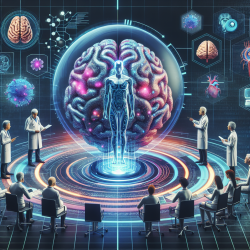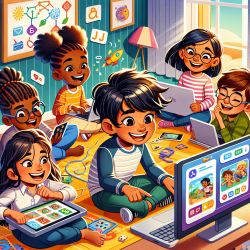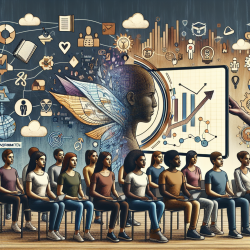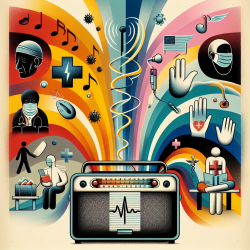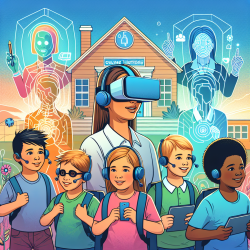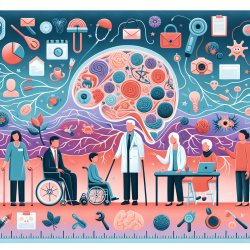Introduction
In the rapidly evolving field of medical diagnostics, artificial intelligence (AI) is playing an increasingly pivotal role. A recent study titled Evaluating the performance of large language models: ChatGPT and Google Bard in generating differential diagnoses in clinicopathological conferences of neurodegenerative disorders offers valuable insights into how AI can be harnessed to enhance diagnostic accuracy in neurodegenerative disorders. This blog will explore the findings of this study and discuss how practitioners can leverage these insights to improve their diagnostic skills.
Understanding the Study
The study conducted by Koga et al. (2024) evaluated the performance of large language models (LLMs) like ChatGPT and Google Bard in generating differential diagnoses during clinicopathological conferences. The research focused on 25 cases of neurodegenerative disorders presented at the Mayo Clinic brain bank. The LLMs provided multiple pathologic diagnoses, which were then compared with the final clinical diagnoses made by physicians.
The results were promising, with ChatGPT-4 achieving a correct diagnosis rate of 84%, while ChatGPT-3.5 and Google Bard each achieved 76%. These findings underscore the potential of AI tools in facilitating comprehensive discussions and enhancing diagnostic accuracy in neuropathology.
Implications for Practitioners
For practitioners, these findings highlight several key opportunities:
- Enhanced Diagnostic Accuracy: By integrating AI tools like ChatGPT into diagnostic processes, practitioners can improve their accuracy in diagnosing complex neurodegenerative disorders.
- Facilitating Comprehensive Discussions: AI can aid in generating multiple differential diagnoses, providing a broader perspective that can be crucial in clinicopathological conferences.
- Continuous Learning: Engaging with AI tools encourages practitioners to stay updated with the latest advancements in medical diagnostics, fostering a culture of continuous learning.
Encouraging Further Research
While the study provides a solid foundation, it also opens avenues for further research. Practitioners are encouraged to explore the following areas:
- AI Integration in Clinical Practice: Investigate how AI tools can be seamlessly integrated into everyday clinical practice to support decision-making.
- Cross-Disciplinary Applications: Explore the potential of LLMs in other medical fields beyond neuropathology, such as oncology or cardiology.
- Patient Interaction: Study how AI can be used to enhance patient interaction and education, providing patients with a clearer understanding of their diagnoses.
Conclusion
The research by Koga et al. (2024) underscores the transformative potential of AI in medical diagnostics. By embracing these technologies, practitioners can enhance their diagnostic capabilities, facilitate comprehensive discussions, and contribute to the advancement of medical science. As AI continues to evolve, it is crucial for practitioners to remain engaged with ongoing research and explore new ways to integrate these tools into their practice.
To read the original research paper, please follow this link: Evaluating the performance of large language models: ChatGPT and Google Bard in generating differential diagnoses in clinicopathological conferences of neurodegenerative disorders.
